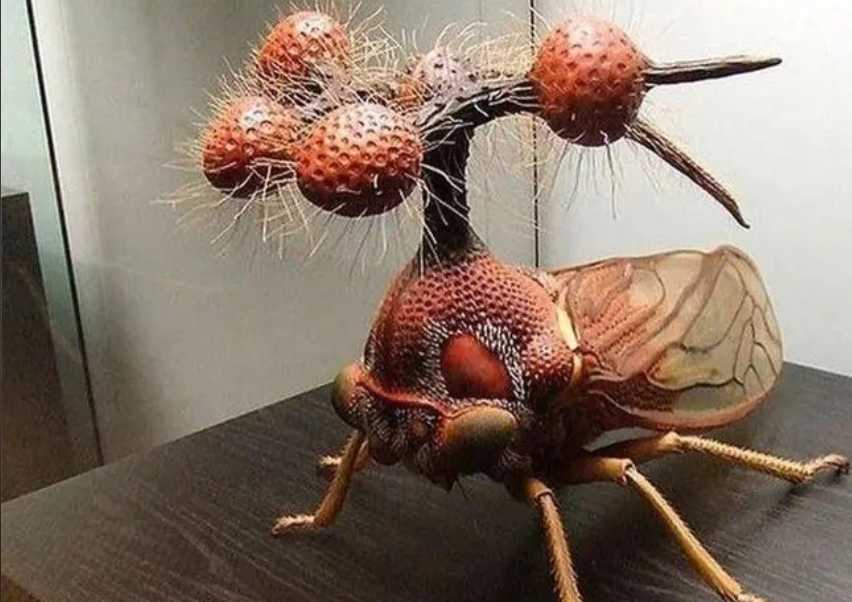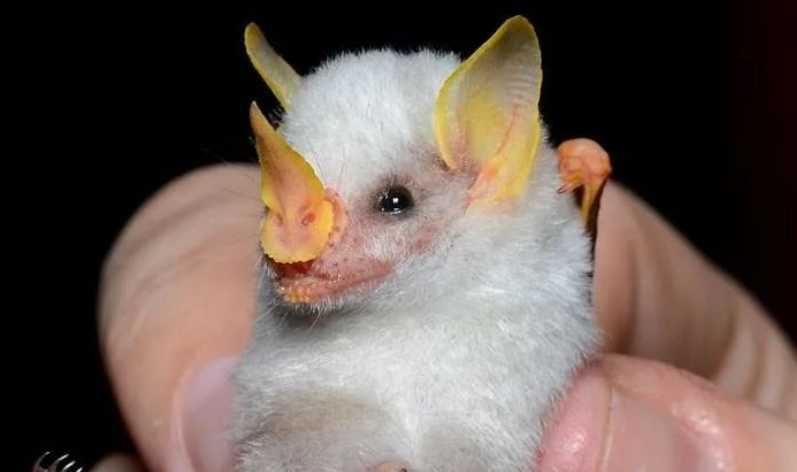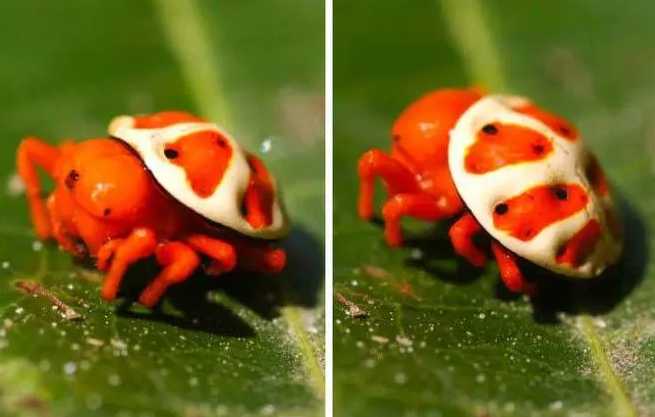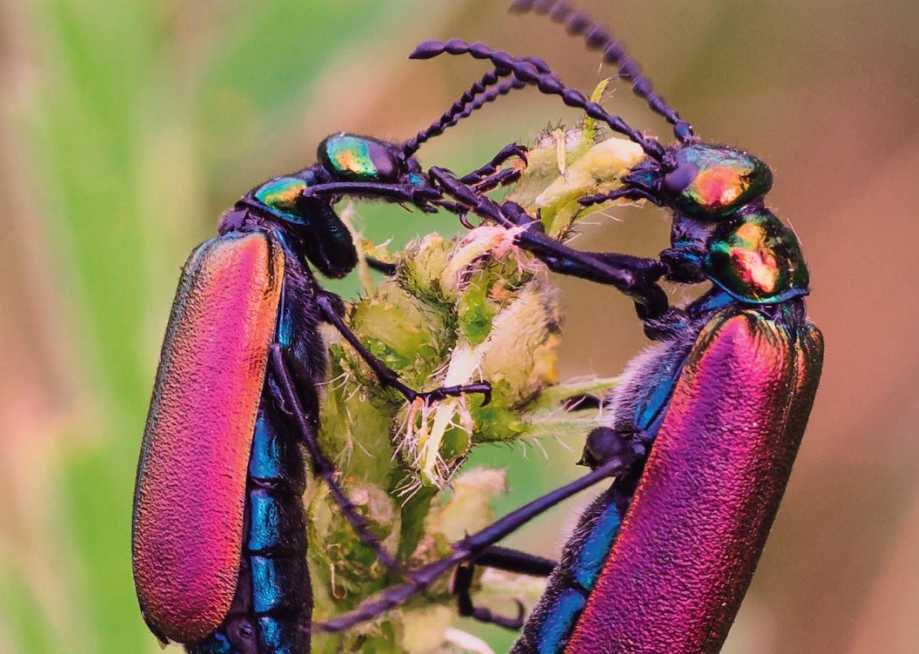The Brazilian Four-Tubercled Treehopper: Nature's Bizarre 'Helicopter' Insect
Deep in Brazil’s rainforests, a tiny insect has evolved an otherworldly appearance: the four-tubercled treehopper (Bocydium globulare), whose head is crowned with bulbous, hairy projections resembling a miniature helicopter. This remarkable bug, part of the family Membracidae, showcases nature’s most whimsical adaptation, blending survival strategy with an almost sci-fi aesthetic.
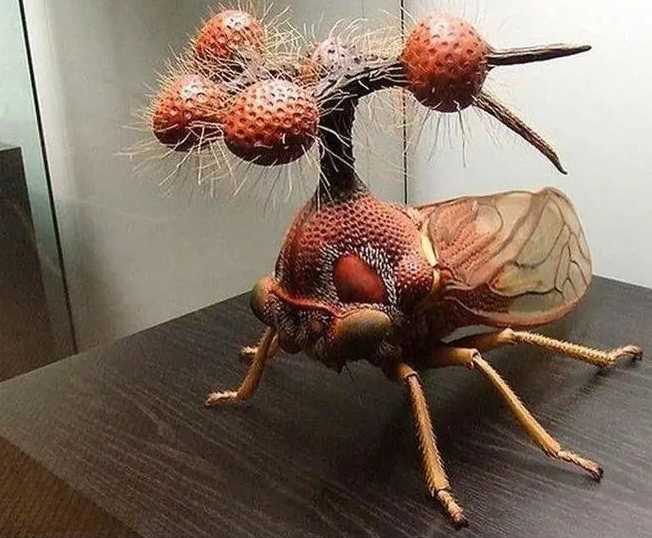
Source: Images from the Internet, if there is any infringement, please contact the removal of
A Head Like a Flying Machine
The treehopper’s most striking feature is its pronotum—the plate covering its thorax—modified into four spherical, 毛状 (hairy) tubercles that sprout from its head. These bulbous growths, sometimes compared to "fuzzy helicopter blades," are actually extensions of its exoskeleton, covered in fine setae (hairs) that give them a soft texture. While their exact function remains debated, scientists suspect the tubercles serve as a form of deceptive mimicry, confusing predators by distorting the insect’s true shape. When perched on branches, the treehopper’s silhouette resembles a bird dropping or a strange plant gall, deterring would-be attackers.
The treehopper’s most striking feature is its pronotum—the plate covering its thorax—modified into four spherical, 毛状 (hairy) tubercles that sprout from its head. These bulbous growths, sometimes compared to "fuzzy helicopter blades," are actually extensions of its exoskeleton, covered in fine setae (hairs) that give them a soft texture. While their exact function remains debated, scientists suspect the tubercles serve as a form of deceptive mimicry, confusing predators by distorting the insect’s true shape. When perched on branches, the treehopper’s silhouette resembles a bird dropping or a strange plant gall, deterring would-be attackers.
Evolutionary Wonder and Ecological Role
Measuring just 5–8 mm, this treehopper feeds on plant sap, using its piercing mouthparts to tap into stems. Like other treehoppers, it may secrete honeydew, attracting ants that protect it in a mutualistic relationship. Native to the Atlantic Forest and Cerrado biomes, the species faces threats from deforestation, though its cryptic lifestyle makes it hard to study. For entomologists, the four-tubercled treehopper is a testament to evolution’s quirky creativity—proof that even in the smallest creatures, natural selection can produce forms as bizarre as they are effective. As researchers continue to unravel the mystery of its "helicopter head," the insect stands as a living reminder that the natural world is full of wonders waiting to be discovered.
Measuring just 5–8 mm, this treehopper feeds on plant sap, using its piercing mouthparts to tap into stems. Like other treehoppers, it may secrete honeydew, attracting ants that protect it in a mutualistic relationship. Native to the Atlantic Forest and Cerrado biomes, the species faces threats from deforestation, though its cryptic lifestyle makes it hard to study. For entomologists, the four-tubercled treehopper is a testament to evolution’s quirky creativity—proof that even in the smallest creatures, natural selection can produce forms as bizarre as they are effective. As researchers continue to unravel the mystery of its "helicopter head," the insect stands as a living reminder that the natural world is full of wonders waiting to be discovered.
-------- END --------
